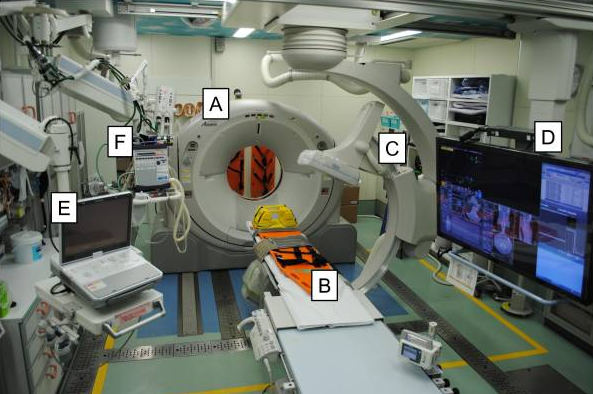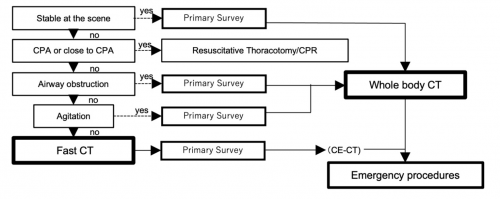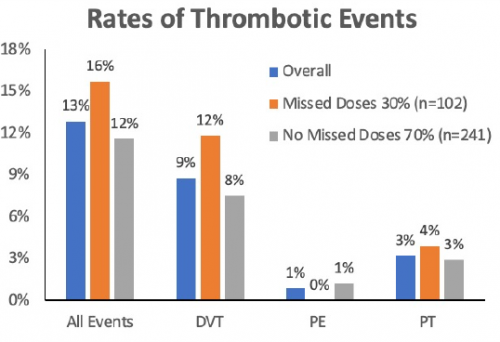Traditionally, just about any type of intracranial hemorrhage (ICH) prompts a thorough neurological investigation and frequently involves a neurosurgery consultation. Subarachnoid hemorrhage (SAH) is one type of ICH that has historically demonstrated very few adverse consequences. Yet the custom of performing a time-consuming and expensive evaluation has persisted.
Over the past few years, the literature about the lack of utility of this practice has been growing. Many trauma centers (including my own at Regions Hospital) have simplified the evaluation of traumatic SAH. We have actually come to a point that we don’t even admit most of these patients. And if we are not going to admit them, why should we even accept them in transfer from other hospitals?
The trauma group at Lehigh Valley in Pennsylvania performed a five-year review of their own hospital experience (Level I trauma center) from 2015-2019. They wanted to answer the question about the necessity of transferring SAH patients to a higher-level trauma center for evaluation. They limited the study to patients with an isolated SAH. These patients were evaluated for factors that would indicate the potential for a worsening repeat CT scan.
Here are the factoids:
- The study patients were older (mean 73 years) with a slight preponderance of females
- ISS was low (mean 5) as would be expected for an isolated injury
- Slightly more than half (57%) were transferred from other hospitals
- A total of 350 patients were reviewed, and 97% had a neurosurgery consult
- Only one patient required neurosurgical intervention, and four died in hospital
- A total of 311 patients had a repeat CT scan and 16 showed a worse result
- Higher AIS head was associated with a worse result
The authors concluded that it is safe to manage traumatic SAH without transfer to a higher level trauma center. They also suggest that neurosurgical consultation is not needed and that repeat imaging may not be very useful.
Bottom line: This abstract conforms to my own opinion, so I have to take great care not to succumb to my confirmation bias. The authors found that nearly no one needed neurosurgical intervention and concluded that a neurosurgical consult is probably not needed. This is all based on a low incidence of progression and few adverse events. I agree totally.
But I also think that referring hospitals will find these few adverse events and progressions troubling. Remember, 16 patients had a worse scan, four died during their hospital stay, and one needed an operation. Thus, it will be very important for the authors to explain the details of these patients to assuage any fears that they might deteriorate in the outside hospital ED.
My own experience indicates that “worsening CT” is typically just a slightly larger SAH and not the sudden development of subdural or epidural blood. This is more likely to happen in patients on thinners and they should be excluded from this pool anyway. They have very specific evaluation needs.
Based on recent published literature and our own clinical experience, the Regions trauma program discharges any patient with traumatic SAH who is not on thinners and has a GCS 15. They are given instructions to follow up with their primary care provider, and to schedule a TBI clinic appointment if they feel they have any persistent post-concussive symptoms. And because of this practice, the ED will not accept transfer of patients with this isolated injury.
You can download a copy of the protocol here.
Here are my questions for the authors and presenter:
- Please provide details on the patients with CT progression, operation, and death. We need to know if these were serious CT changes, or just incidental findings and complications from other causes.
- How successful have you been at resisting transfers in? Most referring centers are initially “not comfortable” with these patients, even though they can easily follow our simple evaluation guideline. It takes time and education to bring them into the fold.
I enjoyed this abstract and await the details to come in the presentation!




